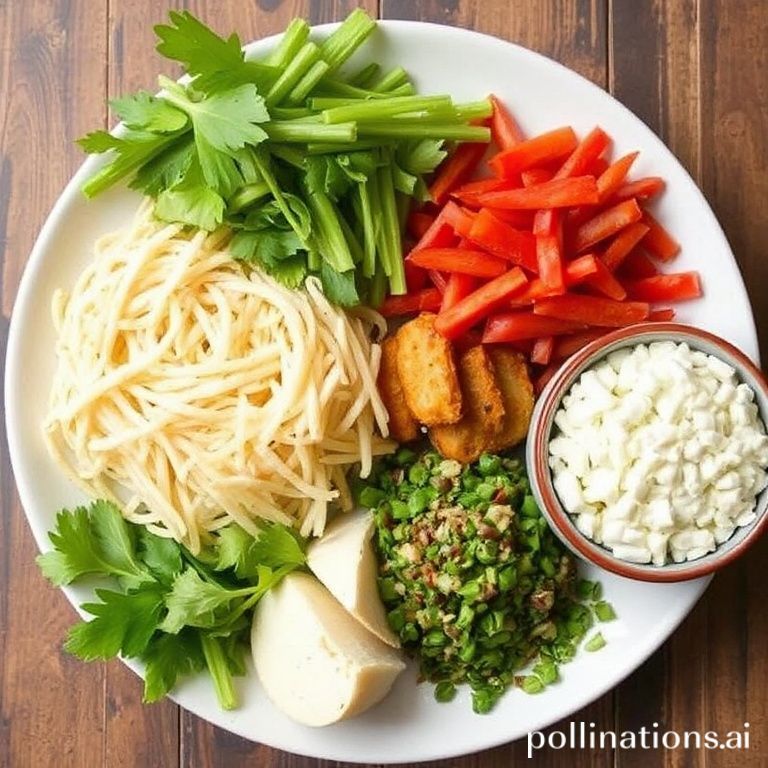Mexican cuisine is a vibrant tapestry of flavors, built upon a foundation of unique ingredients. From the smoky heat of chipotle peppers to the earthy notes of epazote, these elements contribute to the authentic taste we crave. However, finding these ingredients outside of Mexico (or even in certain regions within Mexico!) can sometimes be a challenge. Fear not, aspiring Mexican chefs! With a little creativity and knowledge, you can still create delicious and authentic dishes using readily available substitutes.
This guide will help you navigate the world of Mexican ingredient substitutions, ensuring that your culinary creations are both flavorful and accessible. We’ll explore alternatives for some of the most commonly sought-after ingredients, providing tips and tricks for achieving similar flavor profiles and textures. Let’s unlock the secrets to adaptable Mexican cooking!
Chiles: A World of Heat and Flavor
Chiles are the heart and soul of Mexican cuisine, providing a spectrum of heat and unique flavors. But what do you do when you can’t find a specific chile called for in a recipe?
Ancho Chiles
Ancho chiles, dried poblano peppers, offer a mild, fruity heat. If you can’t find them, consider using:
- Guajillo chiles: These dried chiles have a slightly brighter, fruitier flavor and a similar heat level.
- Pasilla chiles: These are darker and richer in flavor than anchos, adding depth to sauces and stews.
- Chipotle chiles in adobo: For a smoky and spicy alternative, use a small amount of chipotle chiles in adobo sauce, remembering to adjust the other seasonings accordingly.
Chipotle Chiles
These smoked and dried jalapeños deliver a distinctive smoky heat. Good substitutes include:
- Smoked paprika: This will give you the smoky flavor, but you’ll need to add a pinch of cayenne pepper for the heat.
- Morita chiles: These are another type of smoked chile, offering a similar flavor profile to chipotles.
- Chipotle powder: A convenient option for adding both smoke and heat.
Fresh Chiles
Fresh chiles like jalapeños, serranos, and poblanos are essential for salsas and other dishes. If you can’t find the exact variety, consider these swaps:
- Jalapeños: Can be substituted with serranos for more heat, or poblano for a milder flavor.
- Serranos: Use Thai bird chiles or habaneros sparingly for a similar level of heat (remember, habaneros are much hotter!).
- Poblanos: Anaheim peppers are a good mild alternative.
Herbs and Spices: Aromatic Essentials
Beyond chiles, certain herbs and spices are characteristic of Mexican cooking. Finding suitable replacements can be tricky, but not impossible.
Epazote
This pungent herb has a unique flavor often described as a combination of anise, citrus, and mint. If unavailable, try:
- Oregano: Mexican oregano is preferable, but any oregano will add an earthy, slightly bitter note.
- Tarragon: Offers a similar anise-like flavor.
- A combination of oregano and anise seeds: This can mimic the complex flavor of epazote.
Mexican Oregano
Mexican oregano has a more citrusy and earthy flavor than Mediterranean oregano. If you can’t find it:
- Regular oregano: Use regular oregano, perhaps adding a small amount of lime zest for brightness.
- Marjoram: Offers a similar, slightly sweeter flavor.
Corn Products: Tortillas and More
Corn is a staple in Mexican cuisine, and finding the right corn products is crucial.
Masa Harina
This finely ground corn flour is used to make tortillas, tamales, and other dishes. If you can’t find it:
- There is no direct substitute. Masa harina is nixtamalized corn, which gives it a unique flavor and texture. Using regular cornmeal will not produce the same results. Your best bet is to find it online or at a Latin American grocery store.
Corn Tortillas
If you can’t find authentic corn tortillas, consider:
- Flour tortillas: While not the same, flour tortillas can be used in many dishes, like quesadillas and burritos.
- Making your own: With masa harina and a tortilla press, you can easily make your own fresh corn tortillas.
Conclusion
While authentic Mexican ingredients undoubtedly enhance the flavor of dishes, don’t let their unavailability deter you from exploring this vibrant cuisine. By understanding the flavor profiles and characteristics of key ingredients, you can confidently use substitutes to create delicious and satisfying meals. Embrace the spirit of culinary adventure and experiment with different combinations to find what works best for your palate. With a little ingenuity, you can bring the taste of Mexico to your table, no matter where you are!
Ready to put your newfound knowledge to the test? Share your favorite Mexican recipes in the comments below!
IMAGE: A vibrant and colorful kitchen scene. In the foreground, a wooden cutting board displays various chiles (ancho, guajillo, chipotle), fresh herbs (cilantro, oregano, epazote), and spices in small bowls. Behind the cutting board, a smiling cook is preparing tortillas on a traditional comal. The background features talavera pottery and other Mexican-inspired décor. The mood is warm, inviting, and authentic, with natural light streaming in from a window. Style: Food photography with a rustic, artisanal feel.


